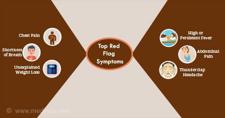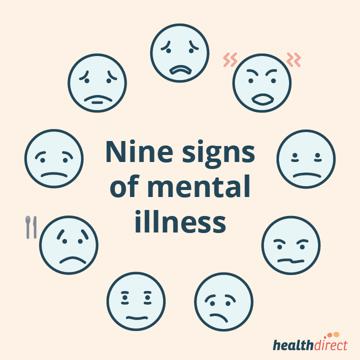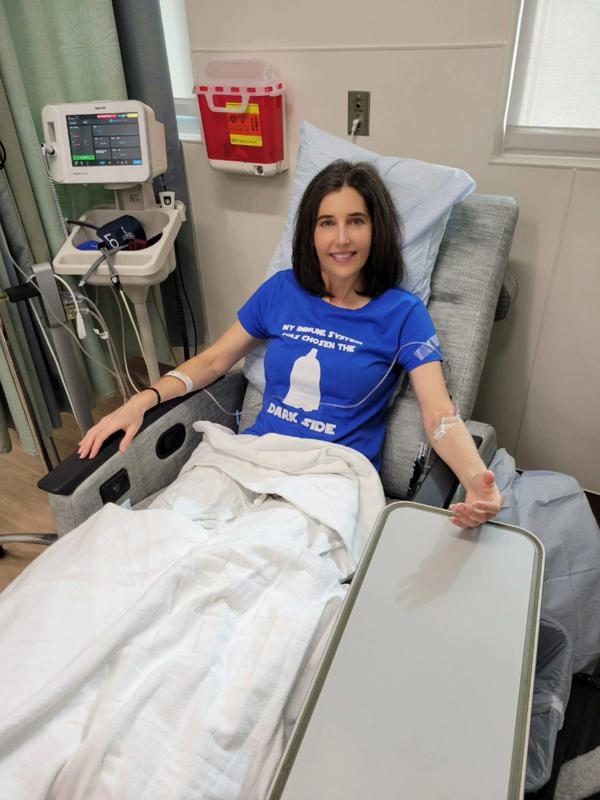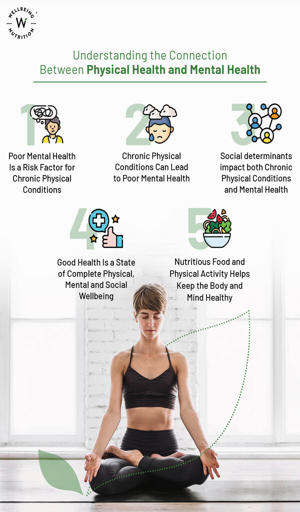When to Seek Help: Recognizing Red Flags in Your Health
Understanding When to Seek Help for Your Health

Frequently Asked Questions
Common red flags include persistent pain, sudden weight changes, chronic fatigue, changes in mental health, or symptoms that last longer than expected.
You should go to the emergency room for severe symptoms such as chest pain, difficulty breathing, loss of consciousness, or significant injury.
Step by Step Guide
1
Understand Common Symptoms
Familiarize yourself with common health symptoms that may indicate a larger problem, such as persistent pain, sudden weight loss, chronic fatigue, or changes in mental health.
2
Recognize Severity Levels
Learn to differentiate between mild, moderate, and severe symptoms. Mild symptoms like a slight headache may not require immediate attention, while severe symptoms like difficulty breathing or chest pain should prompt immediate action.
3
Know Your Medical History
Be aware of your personal and family medical history, as certain health issues may predispose you to more serious conditions. This knowledge can guide you in recognizing when symptoms warrant concern.
4
Monitor Changes in Symptoms
Keep track of any new or evolving symptoms. If your condition is getting worse or new symptoms are appearing, it’s important to seek medical advice.
5
Assess the Duration of Symptoms
If you have symptoms that persist for more than a few days or weeks, it's time to reach out to a healthcare provider for evaluation.
6
Recognize Warning Signs for Specific Conditions
Educate yourself on the warning signs for specific health issues related to your age, gender, and lifestyle, such as signs of heart disease, depression, or diabetes.
7
Consult with a Primary Care Provider
If you are unsure whether your symptoms warrant attention, consult your primary care provider. They can assess your symptoms in the context of your overall health.
8
Know When to Go to the Emergency Room
Learn to identify true emergencies, such as loss of consciousness, severe trauma, or signs of a stroke (like sudden numbness). In these cases, seek emergency care immediately.
9
Leverage Telehealth Services
If in-person consultation is difficult, consider using telehealth services. Healthcare providers can offer advice and assess your condition remotely.
10
Follow Through on Referrals and Recommendations
If you receive referrals for specialists or recommendations for follow-up tests, ensure you take the necessary steps to prioritize your health.








